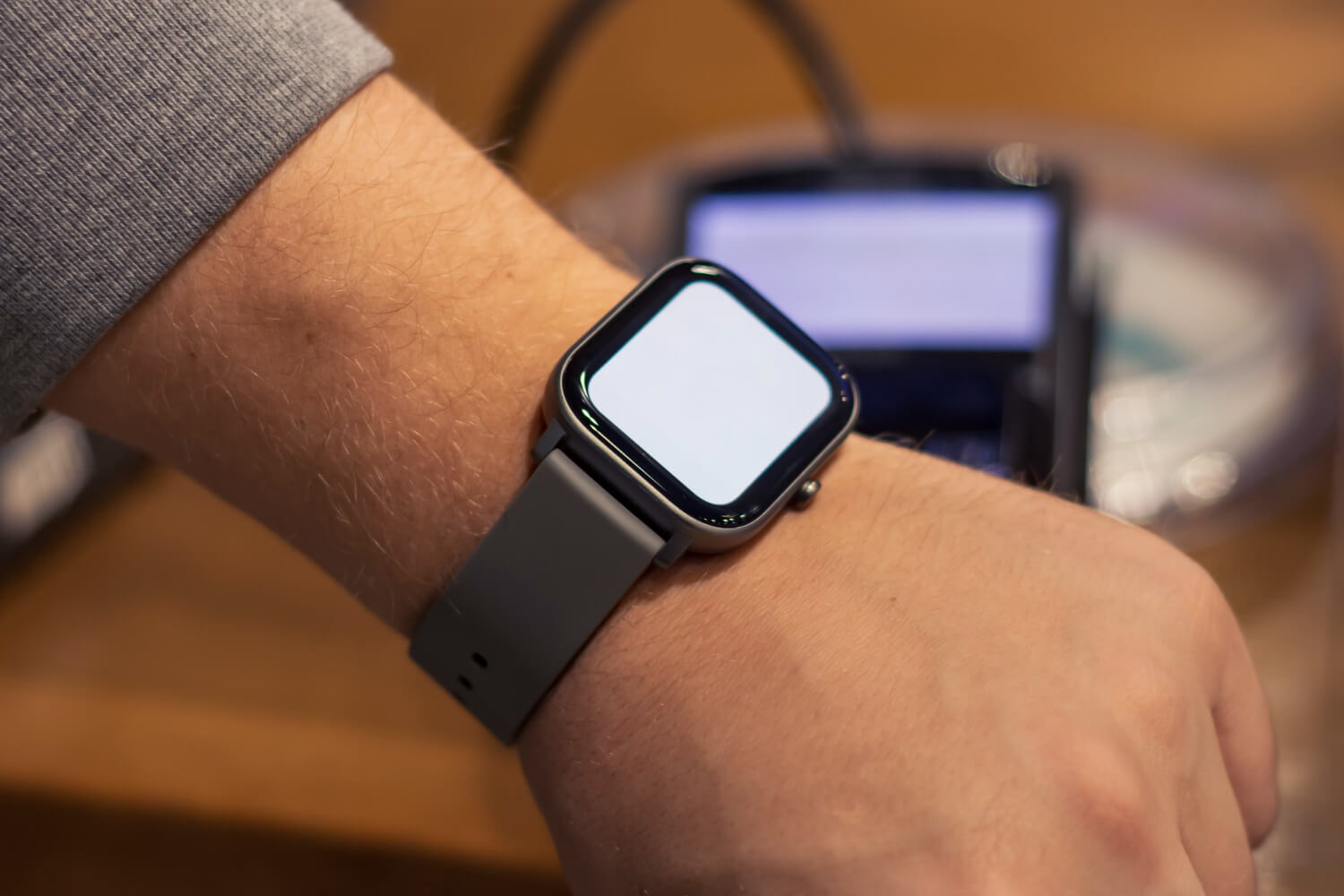Your Apple Watch isn’t just a stylish accessory; it’s a powerhouse of data and an integral part of your digital life. From fitness achievements and health metrics to custom app configurations and personalized watch faces, your Apple Watch stores a wealth of information. Safeguarding this data is crucial. But how exactly can you back up your Apple Watch?
If you’ve been wondering about the process, here’s some good news—Apple has streamlined the backing up of your watch, making it seamlessly tied to your iPhone. This guide will walk you through everything you need to know, from understanding how the Apple Watch backup process works to ensuring a smooth recovery should you switch to a new device or encounter unexpected issues.
By the end of this guide, you’ll not only know how to backup your Apple Watch but also feel confident that your data is secure.

Understanding Apple Watch Backups
Before jumping into the steps for backing up your Apple Watch, it’s important to understand how backups work with this device. Unlike your iPhone or iPad, there’s no standalone option on the Apple Watch to create or manage backups. Instead, your Apple Watch backups are closely tied to your iPhone.
Whenever your Apple Watch is paired with your iPhone, a backup is automatically created. This backup is stored on your iPhone and, subsequently, on iCloud or your computer (if you back up your iPhone). Essentially, the Apple Watch’s backup process piggybacks onto the iPhone’s ecosystem, ensuring that your watch data is secure as long as you regularly back up your iPhone.
It’s also worth noting that your Apple Watch must be unpaired from your iPhone to trigger a final, comprehensive backup of all its data. This detail is particularly important for users upgrading to a new Apple Watch or switching to a new iPhone.
How to Backup Your Apple Watch
Creating an Apple Watch backup is straightforward, as long as you understand the process. Here’s a closer look at how you can ensure your watch’s data is safe.
First, confirm that your iPhone is backing up its data to iCloud or your computer. Since Apple Watch backups are stored within your iPhone’s backup, ensuring your iPhone is backed up is crucial. To back up your iPhone to iCloud, go to Settings > [Your Name] > iCloud > iCloud Backup and enable the iCloud Backup toggle. If you’re using a computer, connect your iPhone, open Finder (or iTunes on Windows), and follow the instructions to create a backup manually.
Now, if you’re planning to unpair your Apple Watch—whether to pair a new one or switch phones—the unpairing process will automatically trigger the final backup. To unpair your Apple Watch, open the Watch app on your iPhone, go to All Watches, tap the info button (indicated by “i”) next to your watch, and select Unpair Apple Watch. Follow the prompts, and rest assured, your data will be backed up.
Once your Apple Watch is unpaired and its backup is saved onto your iPhone, you can restore this backup when setting up a new Apple Watch. After pairing your new watch, your iPhone will prompt you to restore from the most recent backup. Simply follow the guided steps.
What Gets Backed Up (and What Doesn’t)
Knowing what’s included in your Apple Watch backup can help you understand the process better. Your Apple Watch backup includes app-specific data, general system settings (like brightness and screen layout), language settings, watch faces and their configurations, Health and Fitness data, and more. However, not everything is backed up.
Items excluded from your Apple Watch backup include Bluetooth pairings, credit or debit cards added to Apple Pay, and your passcode. Luckily, these exclusions are a security feature, helping protect your sensitive data.
To safeguard other excluded data on your watch—especially health data—make sure that your iPhone is set to create encrypted backups. Encrypted iPhone backups store your Health and Fitness information, ensuring that these metrics can also be restored.
Troubleshooting Common Backup Issues
Although Apple has simplified the backup process, occasional hiccups can occur. If you don’t see an option to restore from your backup during the setup of a new watch, ensure that you’ve created a fresh backup by unpairing the watch from your iPhone. Additionally, verify that your iPhone backups (to iCloud or your computer) are functioning correctly.
Another common issue involves Health and Fitness data. If this data isn’t appearing after restoring your watch backup, confirm that encrypted backups are enabled for your iPhone. Without encryption, Health data won’t be included in the iPhone backup, leaving this information inaccessible during recovery.
Lastly, if you’re experiencing persistent issues, updating both your iPhone and Apple Watch to the latest iOS and watchOS versions can often resolve compatibility headaches.
Why Backing Up Your Apple Watch is Crucial
It may seem trivial to some, but backing up your Apple Watch is a small step that can save you from significant headaches down the road. Picture upgrading to the latest Apple Watch model and realizing all your personalized settings, workout progress, and saved apps are gone—unless you’ve backed up your data, you’ll find yourself starting from scratch. By ensuring regular backups, you’re not only preserving your data but also enhancing your peace of mind.

This process also underscores the importance of backing up your entire Apple ecosystem. With your Apple Watch, iPhone, and other devices closely interconnected, maintaining consistent and comprehensive data backups is essential to keeping your digital life intact.
Take Control of Your Apple Watch Backup Today
Backing up your Apple Watch doesn’t have to be a daunting task. Thanks to Apple’s seamless integration with the iPhone and iCloud, the process is surprisingly effortless. By following the steps outlined in this guide, you can ensure that all your crucial watch data is safe and easy to restore whenever needed.
Make backing up your Apple Watch a habit, and enjoy the confidence that comes with knowing your data is secure. Whether you’re upgrading devices or safeguarding against unexpected issues, staying proactive will save you time and effort in the long run.

